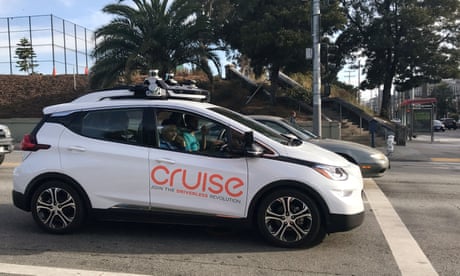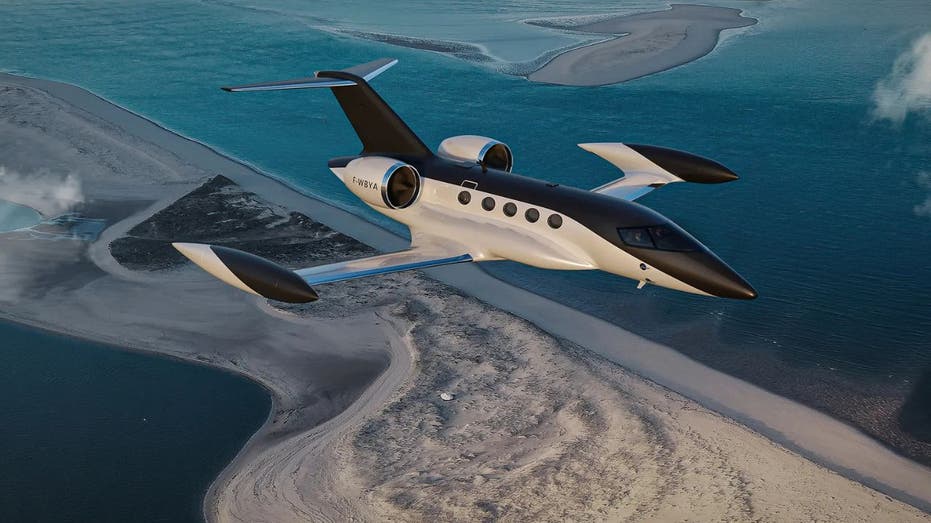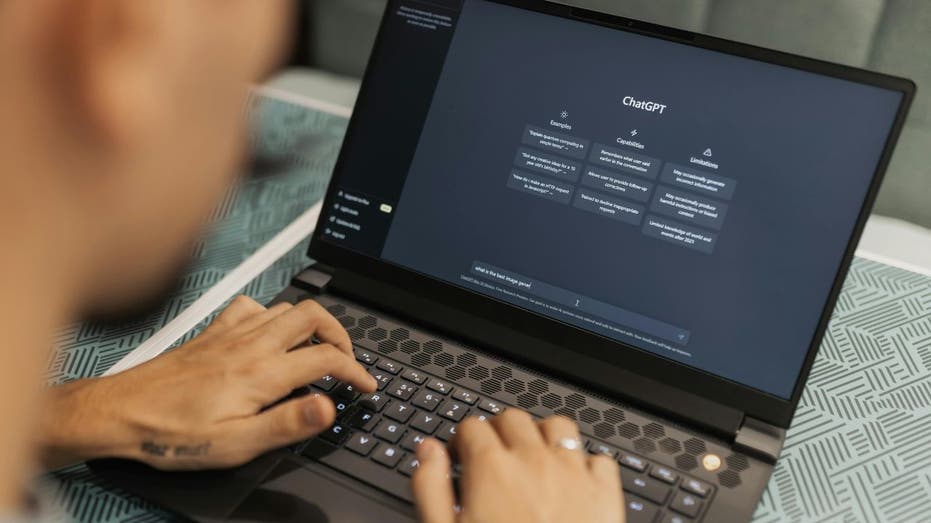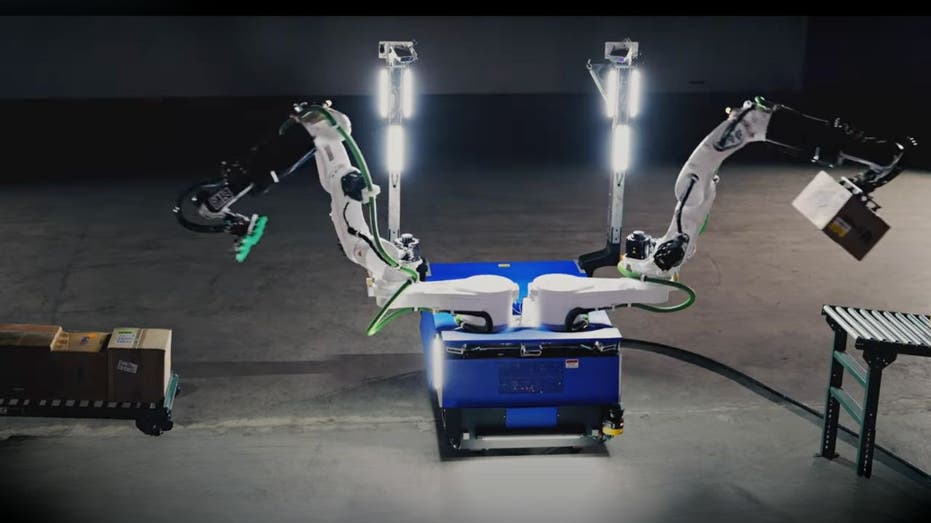- by foxnews
- 08 Apr 2025
San Francisco police stop self-driving car - and find nobody inside, video shows
San Francisco police stop self-driving car - and find nobody inside, video shows
- by theguardian
- 14 Apr 2022
- in technology

A video recently posted online shows what happens when police try to apprehend an autonomous vehicle - only to find nobody inside.
Police in San Francisco stopped a vehicle operated by Cruise, an autonomous car company backed by General Motors, in a video posted on 1 April. Officers approached the car, which had been driving without headlights, only to find it was empty.
"Ain't nobody in it - this is crazy," a bystander can be heard saying in the video. The car then speeds away to the other side of the intersection, leaving the police behind.
The video, which has since circulated widely on social media, prompted inevitable jokes. "Welcome to the future," quipped one Twitter user.
Cruise is working to deploy its autonomous driving technology for ride-hailing purposes, transporting riders around the city without a driver. It has been testing its vehicles with a backup driver in the front seat since 2015, but it started allowing users to hail driverless cars in San Francisco in November 2021.
The company said in a tweet that the vehicle had behaved as expected by moving to a safer location on the other side of the intersection where police were able to address their concerns.
"Our AV yielded to the police vehicle, then pulled over to the nearest safe location, as intended. An officer contacted Cruise personnel and no citation was issued," Cruise said on its corporate Twitter account.
A Cruise spokeswoman, Tiffany Testo, told the Guardian that the vehicle "did not have its headlights on because of a human error, which was the reason the SFPD approached it, and we have fixed the issue that led to this". She added that the company offered a phone number for police to call with questions any time a vehicle is pulled over. The SFPD did not immediately respond to request for comment about the incident or about its policies for driverless vehicles.
The viral video underscores the bumps in the road as companies race to put fully autonomous vehicles on streets.
The Cruise video comes just weeks after Waymo, another autonomous car company, announced it would deploy driverless vehicles in San Francisco. Waymo has been working on autonomous driving technology for more than a decade and running fully driverless rides in Arizona for more than a year.
But driverless car glitches have made headlines in the past, including a Waymo vehicle that became stuck at an intersection and required rescue.
Waymo said in March it would allow passengers in its driverless cars on a trial basis. To partake, interested riders must apply for a waitlist and sign non-disclosure agreements to get early access.
Nuro, another autonomous car company, also has a permit for driverless vehicles in San Francisco, but is using it for self-driving delivery services rather than passenger rides. It is already making driverless deliveries in Mountain View, California.
Other driverless car firms are working on their own technology, including Elon Musk's electronic car company Tesla and Aurora Innovation, a company based in Pittsburgh.
- by foxnews
- descember 09, 2016
Ancient settlement reveals remains of 1,800-year-old dog, baffling experts: 'Preserved quite well'
Archaeologists have recently unearthed the remarkably well-preserved remains of a dog from ancient Rome, shedding light on the widespread practice of ritual sacrifice in antiquity.
read more





